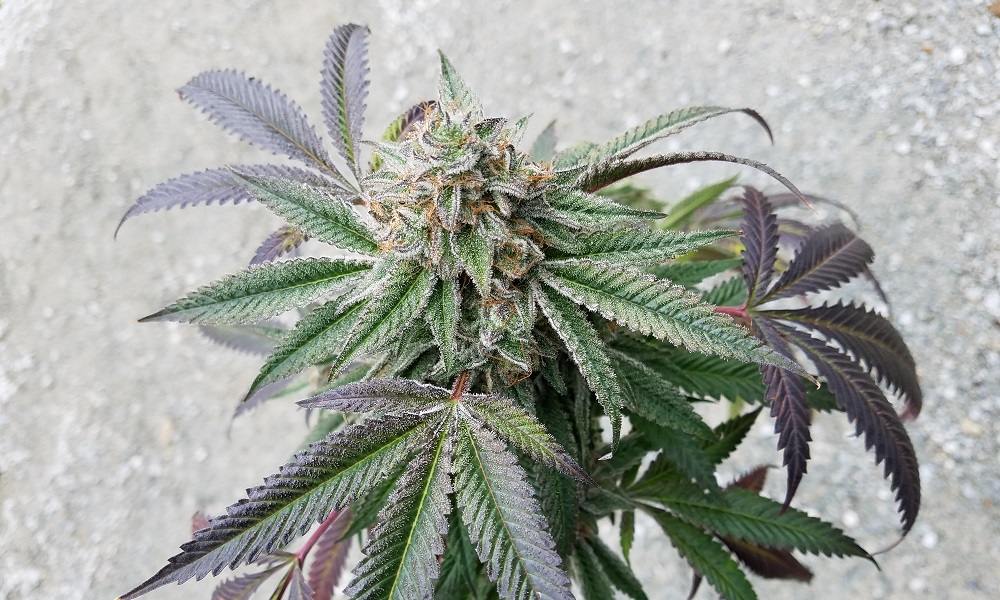
08 May Cloning from mother plants
Science fascinates me even when I do not fully understand it. I have never been trained to do lab work or study microscopic squiggly things, but I appreciate those who do. What we have trained ourselves to do is study our cannabis plants to stay a step ahead of pests and pathogens. Looking at our healthy green crops, a knowledgeable observer would say we have done a great job.
Cloning from mother plants was the common practice when we regenerated our cannabis garden back in 2010. We soon stopped that practice, preferring to clone from young, strong, growing vegetative plants. That produced healthy clones that rooted faster, grew quickly and helped defy genetic drift, producing dense, sticky buds month after month, year after year. Our strains all came to us as clones and some have been recloned more than 120 times; there’s no telling how many cloning generations have passed since the seeds popped.
Over the past six months or so, we have noticed a change in the density of the buds — still sticky and still potent, but the yield has been slowly decreasing. Our pest consultant suggested we connect with a local company that offers cannabis tissue culturing to clean up any unseen pathogens that have likely infected our genetics over so much time.
Unbeknown to us, plant tissue culturing is a century-old practice used on multiple types of crops. It is a science that is able to take sample cells and grow full plants in a test tube. The process begins with a sample of young leaf material from the garden that is cultured to grow in that sterile environment. The new growth is then taken and recultured again and again until the newest growth tests clean of viruses and viroids that have acted like parasites in the plants. The process takes the better part of a year to complete and it is pricey (we paid nearly $30,000).
However, we made the commitment and are early in the process. An exciting prospect is rejuvenating our Ripped Bubba. That strain is a TGA genetic that came to us in 2013. It is bright green with high levels of limonene and farnesene; it has a very lovely aroma and an alert-yet-relaxing high that caused consumers to fall in love with it. However, we had to take it off the market in 2018 after yields declined too far to be viable. We keep cloning it just to keep the genetics alive. Budtenders still ask about it.
Those genetics, along with eight others we offer, are all in little test tubes being reborn. We are excited to see what changes happen in the plants as they come back to their virgin state. Science is cool, and it is nice to see more of it focused on cannabis production. It is even cooler that we can now access this science and apply it directly to our cannabis growing operation.


